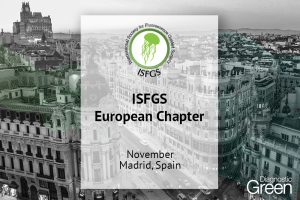Axillary sentinel lymph node biopsies are standard of care in patients with breast cancer and no clinically apparent metastases. Traditionally, technetium-99m, blue dye, or both have been used to identify sentinel lymph nodes. However, blue dyes miss up to 40% of sentinel lymph nodes, while technetium-99m use is complex, costly, and exposes patients to radiation. Over the past decade, studies have consistently found the biologically inert fluorescent indocyanine green to be 95% to 100% sensitive in detecting breast cancer sentinel lymph nodes, yet indocyanine green remains infrequently used. We conducted an extensive meta-analysis comparing indocyanine green against blue dye, technetium-99m, and the dual-marker combination of technetium-99m + BD. For every metric and analysis approach, indocyanine green was clearly superior to blue dye and at least non-inferior, if not superior, to technetium-99m and technetium-99m + blue dye. Assessing the consistency of superiority by at least 2.0%, indocyanine green was superior to blue dye 73 times versus 1, to technetium-99m 42 times versus 9, and to technetium-99m + blue dye 6 times versus 0. Within-study statistically significant differences favored indocyanine green over blue dye 29 times versus 0 and over technetium-99m 11 times versus 2. For sentinel lymph node detection in patients with breast cancer with no clinically apparent metastases, indocyanine green is clearly and consistently superior to blue dye and either non-inferior or superior to technetium-99m and technetium-99m + blue dye.
https://www.sciencedirect.com/science/article/pii/S0039606023008206




